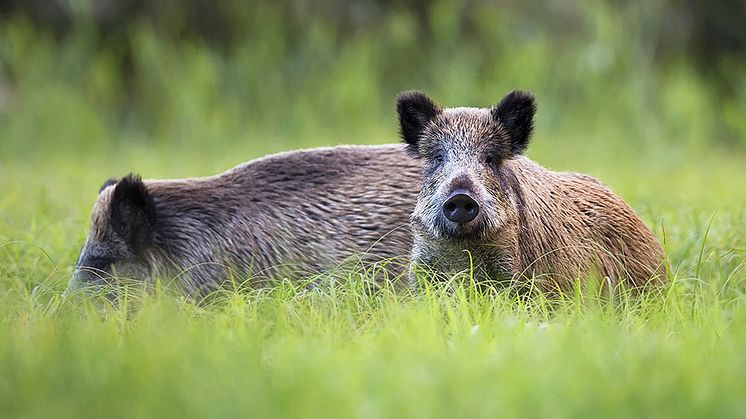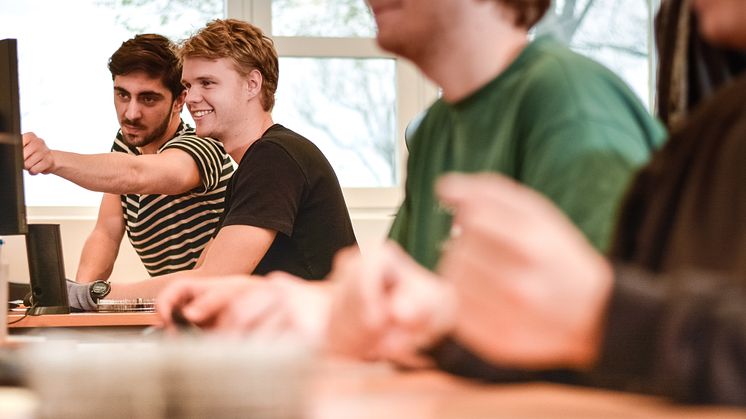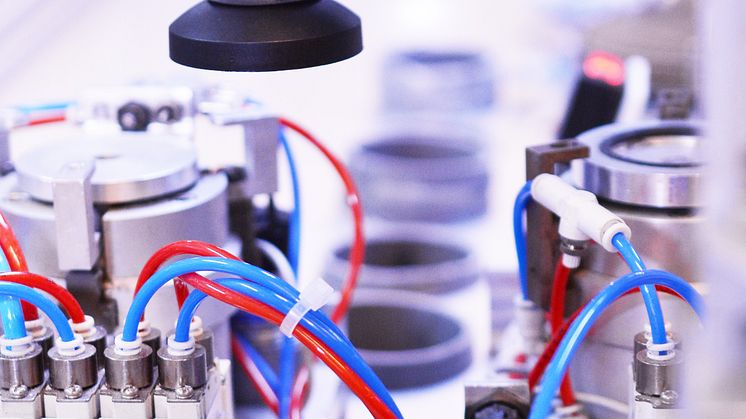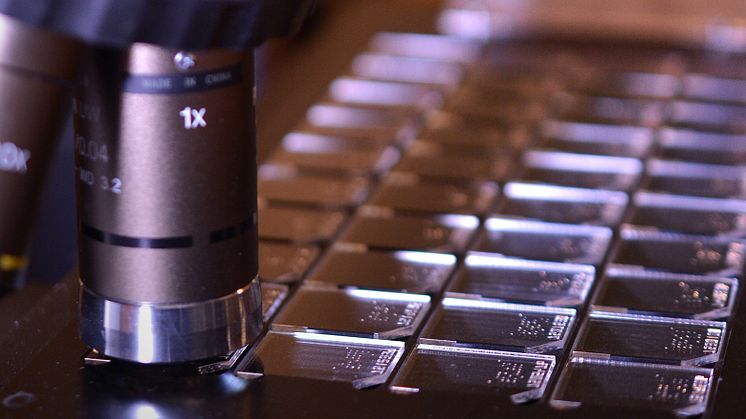
Blog post -
Radiation measurement: from timber to wild boar
Radonova’s story begins in 1986 when a group of researchers at Uppsala University in Sweden were commissioned to measure the radioactive fallout from the Chernobyl accident in Sweden and beyond. Today the company focuses primarily on radon measurement, a field in which we are the global leader.
Each year, though, Radonova also carries out a large number of radiation measurements on everything from wild game meat to timber. Our customers are authorities, private individuals and companies.
“Although our core business these days is radon measurement in homes and other premises, we regularly carry out other forms of radiation analyses. We have so far conducted around half a million analyses, in addition to radon measurement,” comments Oscar Wännerud, a laboratory manager at Radonova Laboratories.
Participated in several wildlife projects
Over the years Radonova has collaborated on projects with a number of authorities and organisations. Radonova also performs caesium analyses for customers in Europe and Asia.
“A lot of our analyses have involved reindeer meat and have been commissioned by the Swedish Board of Agriculture and more recently Sametinget (the Sami Parliament). We have also carried out a large number of measurements on wild boar meat and have participated in the Swedish Radiation Safety Authority’s project offering free measurement of caesium-137 in meat from wild boar,” continues Oscar.
Radiation levels can be high in wild boar because the animals root for food and consume berries, mushrooms and roots or other foodstuffs that have lain in the soil for a long time. The wild boar also ingests a lot of soil that may also contain caesium-137.
Easy to carry out radiation measurement
Like radon measurement, radiation measurement of foodstuffs and other items is often relatively simple.“Generally speaking, it is easy to order and submit a sample of foodstuff for radiation measurement. Over the years we have received a lot of foodstuffs, including wild game meat, mushrooms, berries and fish, as well as some more unusual items, such as a tree stump, a cot, lynx testicles, vodka, snus and cigarettes. These are items you wouldn’t normally associate with radioactive radiation. When it comes to foodstuffs and items that are in close proximity to people for a prolonged period, it is, of course, prudent to conduct a measurement. Especially when you consider that exposure to radiation can have serious consequences and increase the risk of cancer,” concludes Oscar Wännerud.




